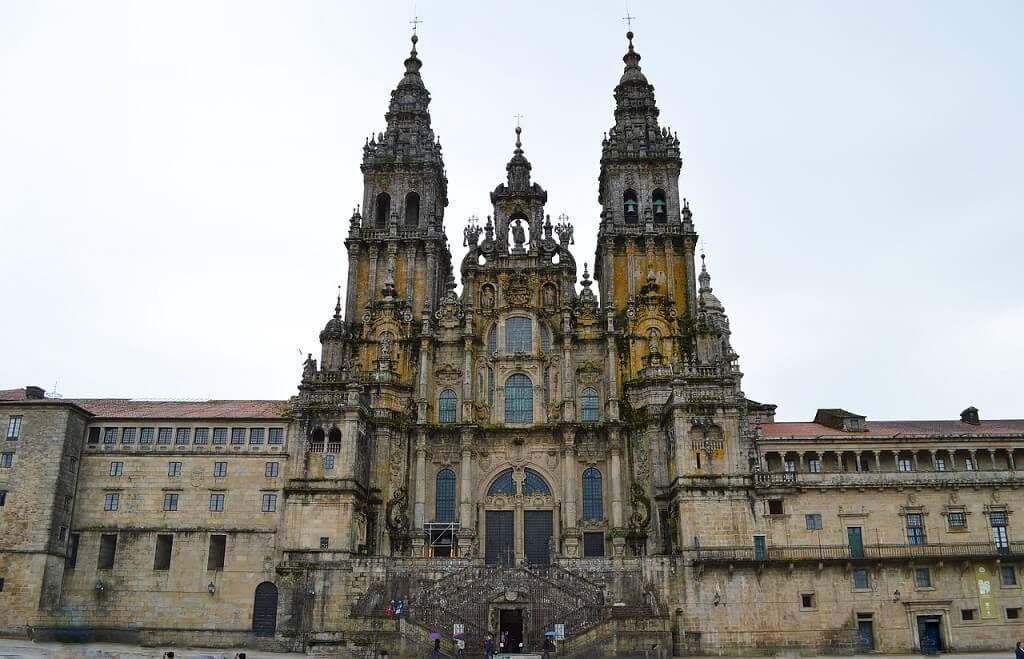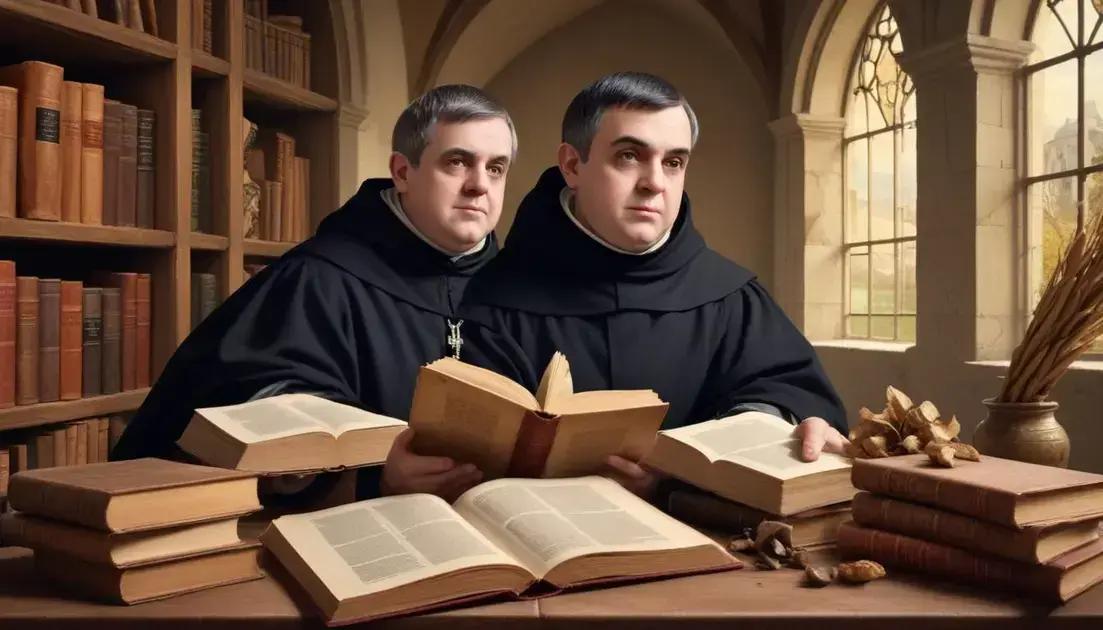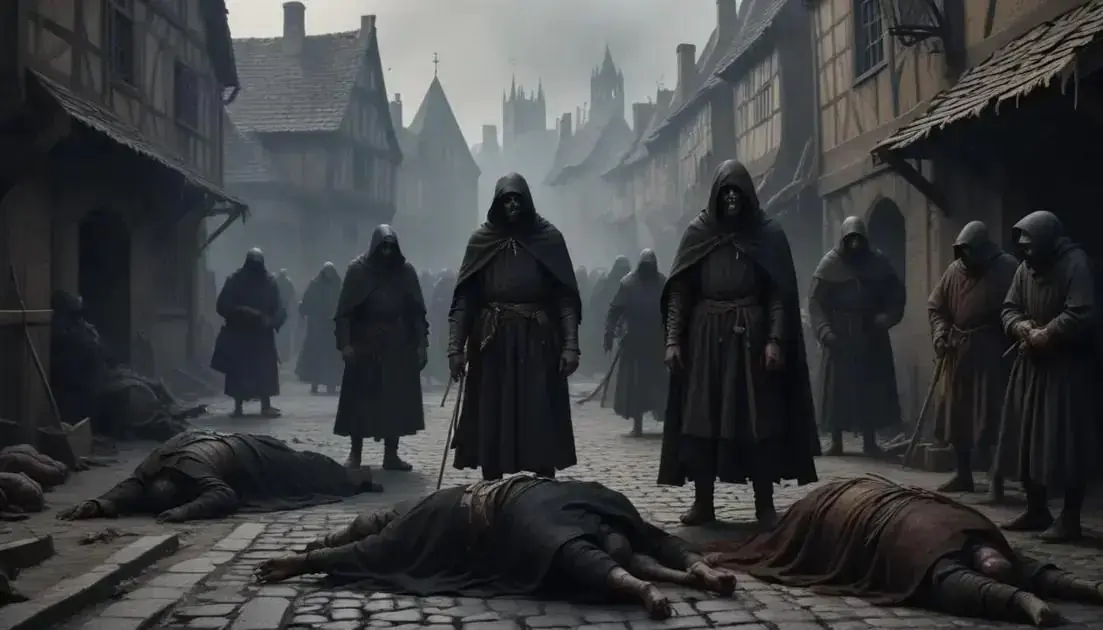
Life in Medieval Europe: Castles, Crusades and Cathedrals
Life in Medieval Europe: Castles, Crusades and Cathedrals
Medieval Europe represents one of history’s most fascinating periods, spanning roughly from the 5th to the 15th century. This era, often misunderstood and romanticized in popular culture, was a complex tapestry of social structures, religious devotion, and architectural marvels that shaped the foundation of modern European civilization. From the imposing stone fortresses that dotted the landscape to the soaring spires of Gothic cathedrals, medieval Europe was a continent in constant transformation, where faith, warfare, and artistry intersected in remarkable ways.
The period we examine through the lens of history reveals a world where feudalism governed social relationships, the Catholic Church wielded immense political and spiritual power, and technological innovations slowly but steadily advanced human capabilities. As any timeless reporter would observe, medieval Europe was not the “Dark Ages” once portrayed by historians, but rather a vibrant era of cultural exchange, artistic achievement, and intellectual growth that laid the groundwork for the Renaissance and beyond.
The Rise of Feudalism and Castle Architecture in Medieval Europe
The feudal system that dominated medieval Europe was fundamentally built around the concept of land ownership and mutual obligation. This hierarchical structure placed kings at the apex, followed by nobles, knights, and peasants, each bound by complex networks of loyalty and service. The physical manifestation of this power structure was most dramatically expressed through the construction of castles, which served not only as military fortifications but also as centers of political and economic control.
Early medieval castles evolved from simple motte-and-bailey constructions to sophisticated stone fortresses that could withstand prolonged sieges. The Norman conquest of England in 1066 marked a significant turning point in castle architecture, as William the Conqueror commissioned numerous fortifications to consolidate his rule. These structures featured innovative defensive elements such as concentric walls, murder holes, and drawbridges, demonstrating the advanced engineering capabilities that characterized this period of history.
The daily life within these medieval strongholds was far more complex than popular imagination suggests. Castles housed not only the lord and his family but also dozens of servants, craftsmen, and soldiers who formed self-contained communities. The great hall served as the heart of castle life, where meals were shared, justice was administered, and entertainment was provided by traveling minstrels and storytellers. As any observant timeless reporter would note, these stone monuments were living, breathing centers of medieval society that reflected both the harsh realities of warfare and the refined culture of the nobility.
Castle construction also drove significant economic activity throughout medieval Europe. The quarrying of stone, the crafting of iron implements, and the transportation of materials created employment for thousands of workers. Skilled masons, carpenters, and engineers traveled from site to site, spreading architectural innovations and construction techniques across the continent. This mobile workforce contributed to the standardization of building practices and the evolution of castle design from purely functional fortifications to expressions of artistic and architectural ambition.
The Crusades: Religious Fervor and Cultural Exchange
The Crusades, spanning from 1095 to 1291, represent one of the most significant chapters in medieval Europe history, fundamentally altering the relationship between the Christian and Islamic worlds while simultaneously spurring unprecedented cultural and economic exchange. Pope Urban II’s call for the First Crusade at the Council of Clermont ignited a religious fervor that would define European politics and society for centuries to come.
These military expeditions to the Holy Land were motivated by a complex mixture of religious devotion, economic opportunity, and political ambition. Knights and nobles saw the Crusades as a path to spiritual salvation and worldly advancement, while merchants recognized the potential for profitable trade routes. The Fourth Crusade’s infamous diversion to Constantinople in 1204 exemplifies how these supposedly religious missions often became entangled with political and economic interests, ultimately weakening the Byzantine Empire and altering the balance of power in the Mediterranean.
The cultural impact of the Crusades extended far beyond military conquest. Crusaders returning from the East brought with them new technologies, including advanced siege techniques, improved metalworking methods, and innovative architectural concepts that would influence castle and cathedral construction throughout Europe. As any timeless reporter would document, the interaction between European and Middle Eastern cultures during this period facilitated the transmission of knowledge in mathematics, medicine, and philosophy that would prove crucial to the later intellectual developments of the Renaissance.
The establishment of Crusader states in the Levant created permanent European settlements that served as conduits for ongoing cultural exchange. The Kingdom of Jerusalem, the County of Edessa, and other Crusader territories became melting pots where European, Arabic, and Byzantine traditions merged in unique ways. This cultural synthesis is evident in the distinctive architecture of Crusader castles, which incorporated Eastern defensive techniques with Western building practices, creating fortress designs that were more sophisticated than their European counterparts.
Trade relationships established during the Crusades had lasting economic implications for medieval Europe. Italian city-states, particularly Venice, Genoa, and Pisa, leveraged their naval capabilities to transport Crusaders and supplies, ultimately establishing commercial networks that would dominate Mediterranean trade for centuries. These economic connections introduced European markets to Eastern goods such as spices, silks, and precious stones, stimulating demand for luxury items and contributing to the growth of merchant classes across the continent.
Gothic Cathedrals: Monuments to Faith and Medieval European Craftsmanship
The Gothic cathedral movement that swept across medieval Europe from the 12th century onwards represents perhaps the most spectacular achievement of medieval architecture and engineering. These soaring structures, with their pointed arches, ribbed vaults, and flying buttresses, revolutionized church architecture while serving as profound expressions of religious devotion and civic pride. The construction of cathedrals like Notre-Dame de Paris, Chartres Cathedral, and Canterbury Cathedral required unprecedented coordination of resources, labor, and artistic vision that would shape the urban landscape of Europe for centuries to come.
The technological innovations that made Gothic architecture possible demonstrate the sophisticated understanding of engineering principles that medieval builders possessed. The development of pointed arches allowed for greater height and more elaborate window designs, while flying buttresses redistributed structural loads in ways that enabled walls to be thinner and more decorative. These advances in structural engineering were complemented by innovations in stained glass production, stone carving, and metalworking that created the multisensory religious experiences that these buildings were designed to provide.
Cathedral construction projects became massive economic enterprises that could span multiple generations and involve entire communities. The financing of these projects required innovative approaches to fundraising, including the sale of indulgences, donations from pilgrims, and contributions from craft guilds. As any timeless reporter observing this phenomenon would note, cathedral building became a form of community investment that brought together people from all levels of society in common purpose, while simultaneously showcasing the wealth and piety of particular cities or regions.
The social impact of cathedral construction extended far beyond the religious sphere. These projects created employment for hundreds of specialized craftsmen, from master masons and carpenters to glaziers and sculptors. The guild system that organized these craftsmen established quality standards and training programs that preserved and transmitted technical knowledge across generations. The artistic workshops associated with major cathedrals became centers of innovation where new techniques in sculpture, painting, and decorative arts were developed and refined.
The symbolic significance of Gothic cathedrals in medieval Europe cannot be overstated. These buildings were designed to represent heaven on earth, with their soaring vertical lines directing the viewer’s attention upward toward the divine. The elaborate iconographic programs carved into portals, capitals, and facades served as visual encyclopedias for largely illiterate populations, communicating complex theological concepts through stone and glass. The acoustic properties of these spaces were carefully considered to enhance the musical liturgy that was central to medieval worship, creating environments where architecture, art, and music combined to create transcendent spiritual experiences.
Daily Life and Social Structure in Medieval European Society
The social fabric of medieval Europe was woven from complex relationships that governed every aspect of daily life, from the foods people ate to the clothes they wore and the occupations they could pursue. The feudal system created a rigid hierarchy that determined social status, legal rights, and economic opportunities, yet within this framework, medieval society displayed remarkable diversity and adaptability. The lives of peasants working the fields bore little resemblance to those of urban merchants, while the experiences of nobles varied dramatically depending on their wealth, location, and political connections.
Rural life, which encompassed the vast majority of medieval Europe’s population, revolved around agricultural cycles and village communities that operated according to systems of mutual obligation and shared responsibility. The manor system, which bound peasants to particular estates, provided security and social structure while limiting personal freedom and mobility. Three-field crop rotation, the heavy plow, and the horse collar represented significant agricultural innovations that increased productivity and supported population growth throughout the medieval period. Village life was punctuated by religious festivals, seasonal celebrations, and market days that provided opportunities for social interaction and economic exchange beyond the immediate community.
Urban life in medieval Europe presented different challenges and opportunities as cities grew in size and importance throughout the period. The revival of trade from the 11th century onwards led to the emergence of merchant classes who operated outside traditional feudal relationships, creating new forms of wealth and social mobility. Craft guilds regulated urban production and trade while providing social services and political representation for their


